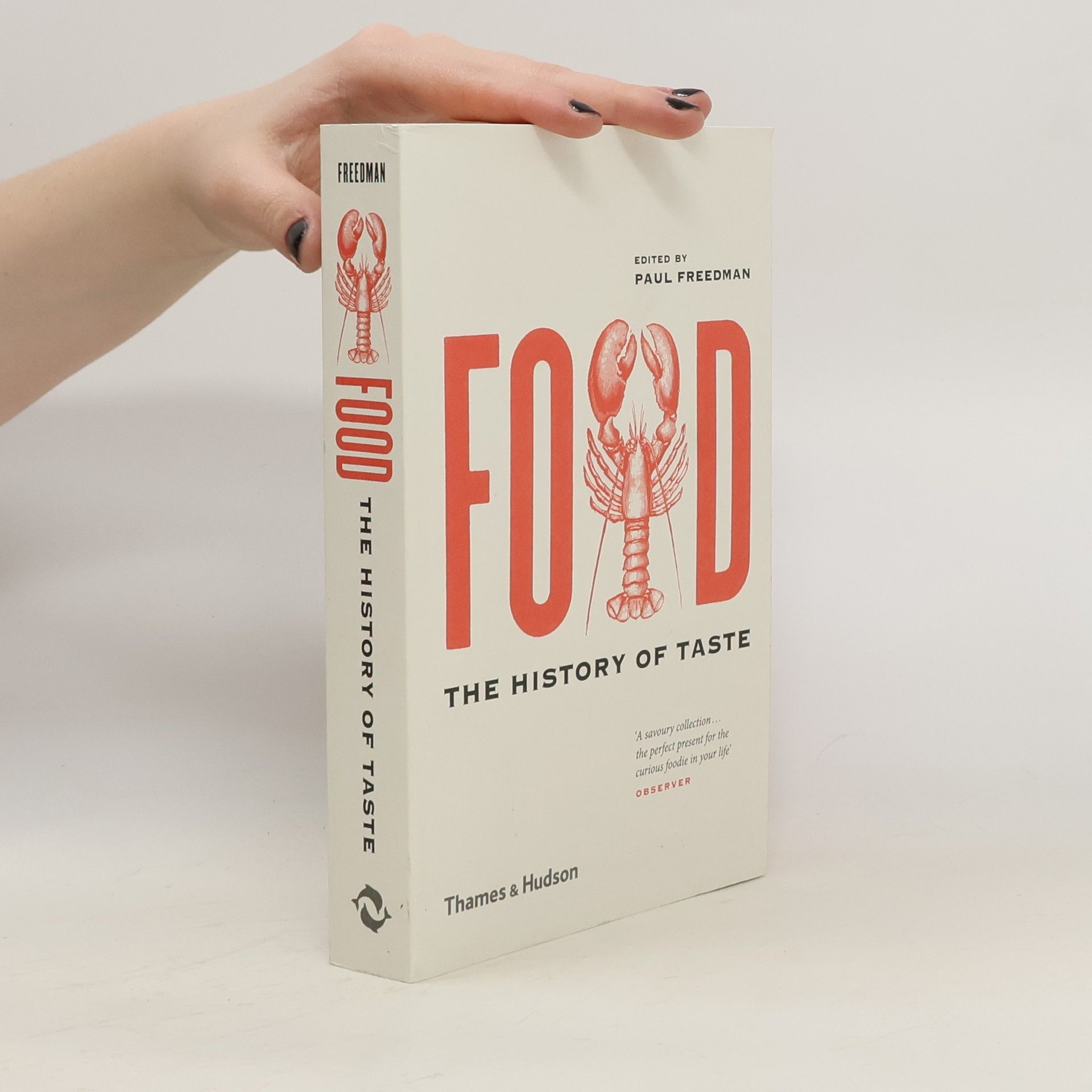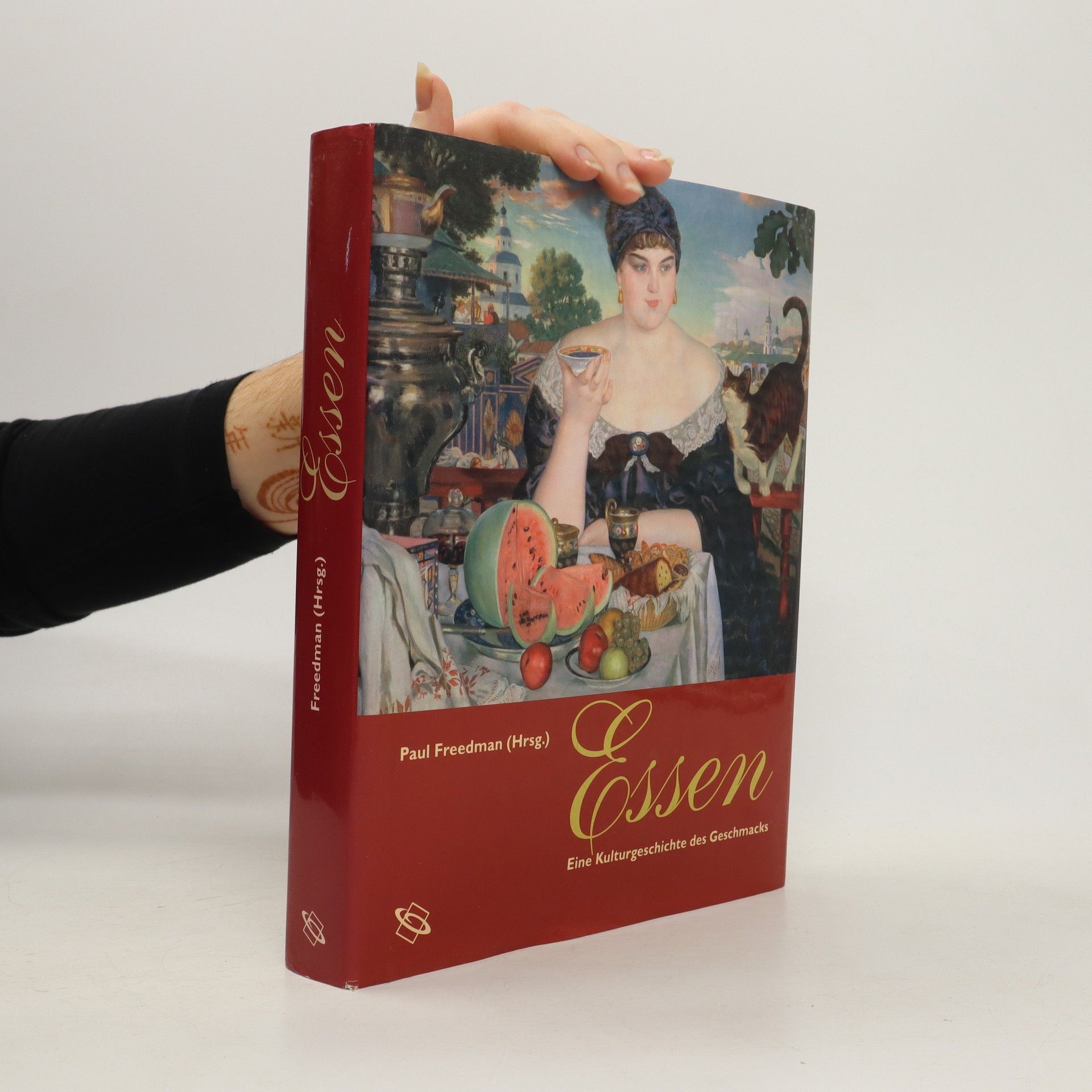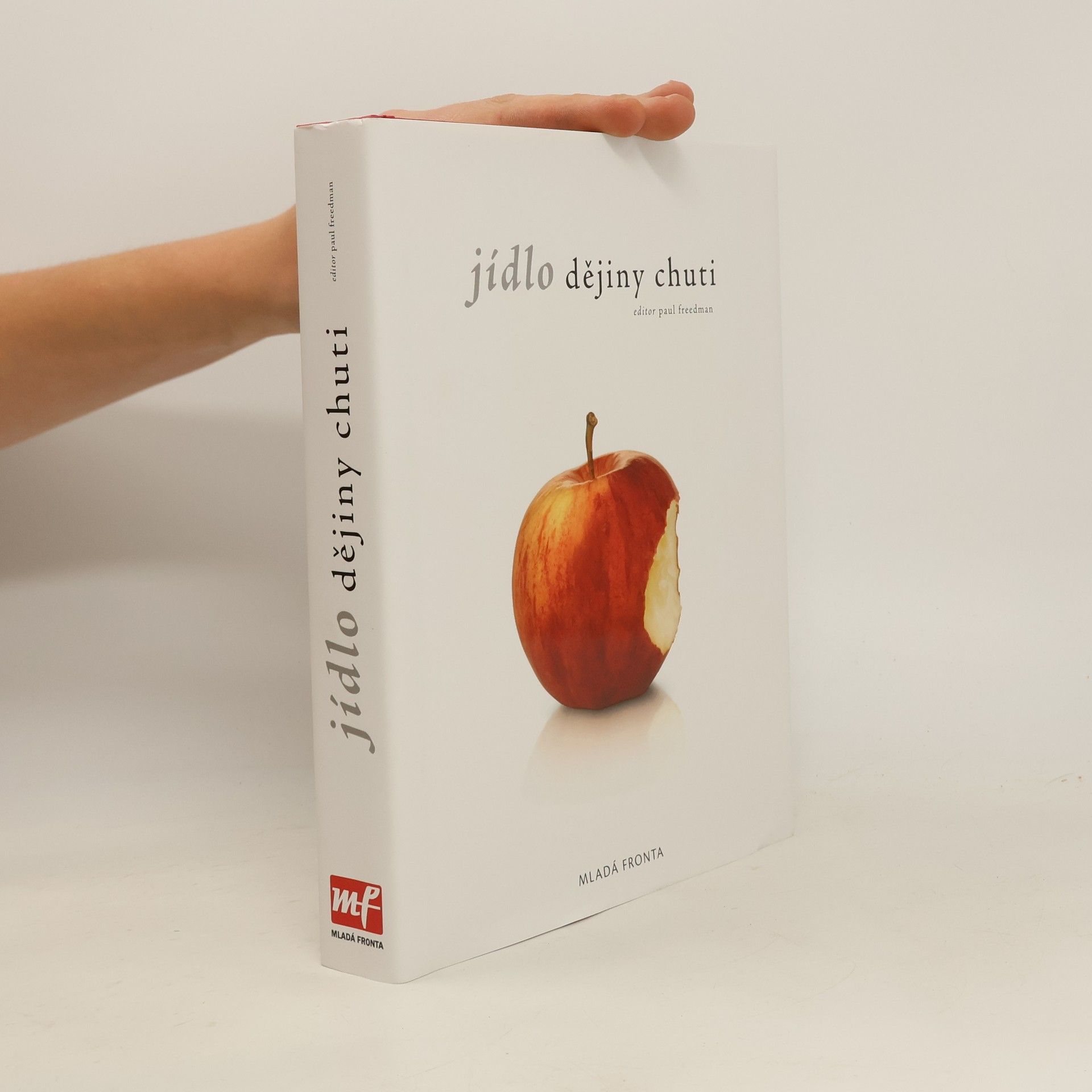American Cuisine: And How It Got This Way
- 528 pages
- 19 hours of reading
Exploring the evolution of American culinary habits from post-colonial times to the present, this work highlights the themes of regionality, standardization, and variety that define the nation's diverse cuisine. Food historian Paul Freedman combines meticulous research with a passion for food, offering a captivating narrative enriched with engaging anecdotes that will appeal to food enthusiasts. His analysis reveals how America's history is intricately woven into its culinary practices, showcasing a vibrant and sometimes chaotic gastronomic landscape.





